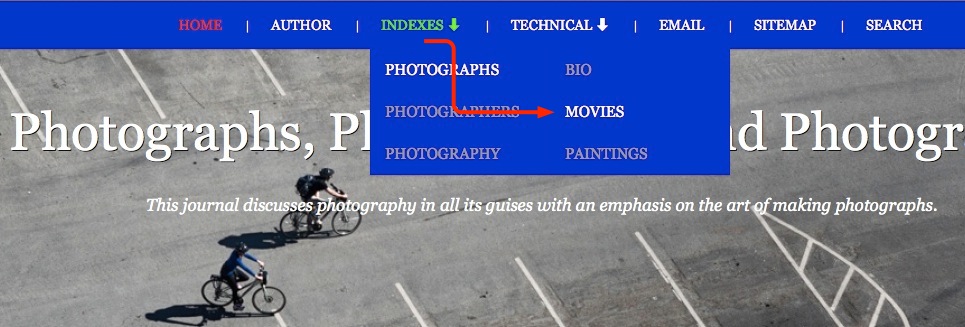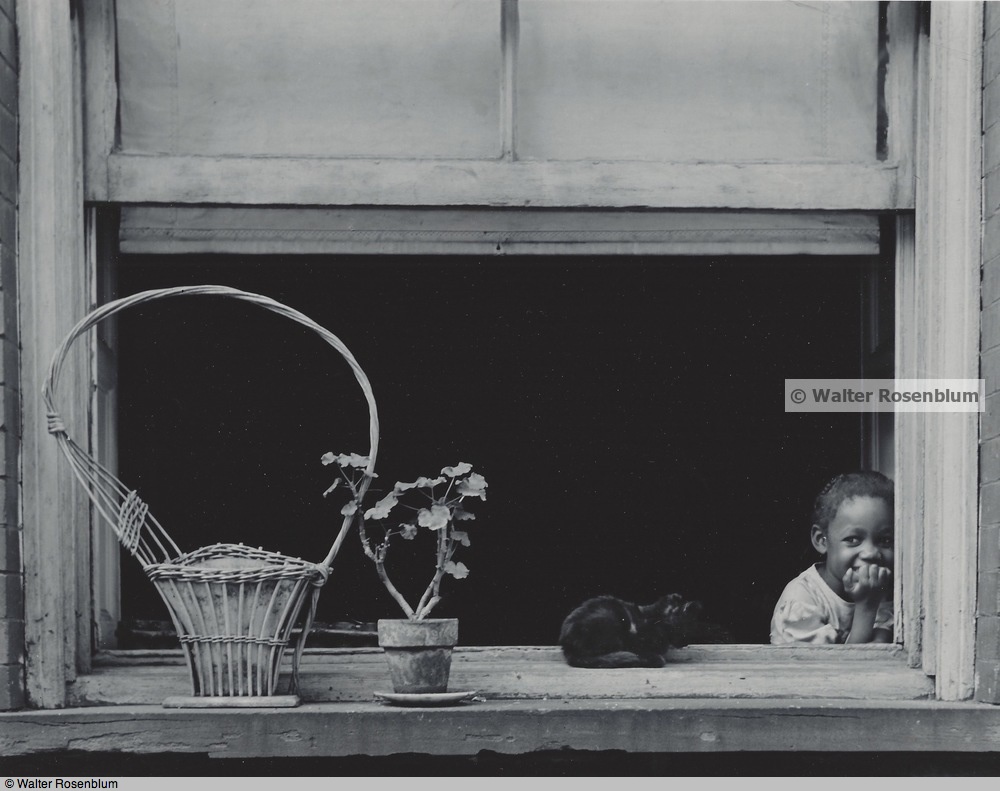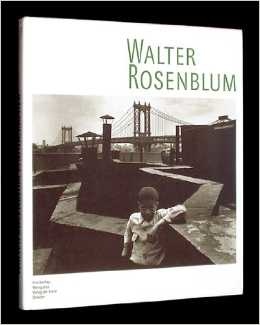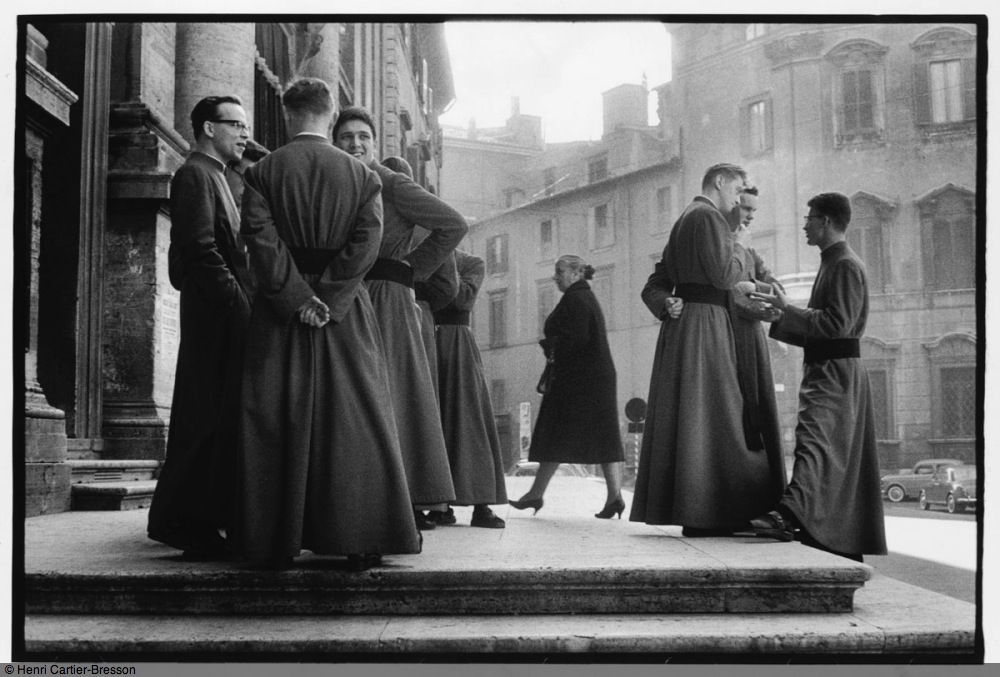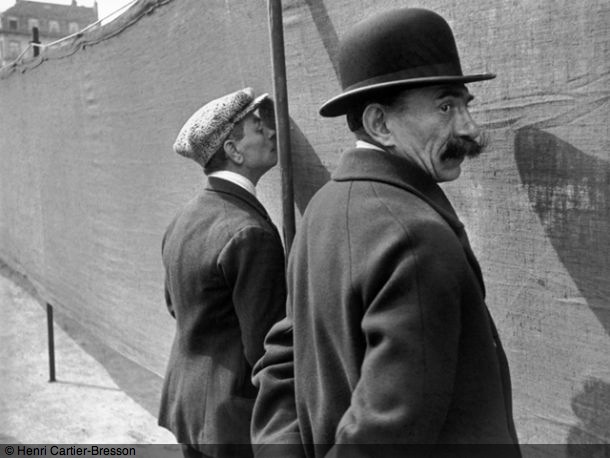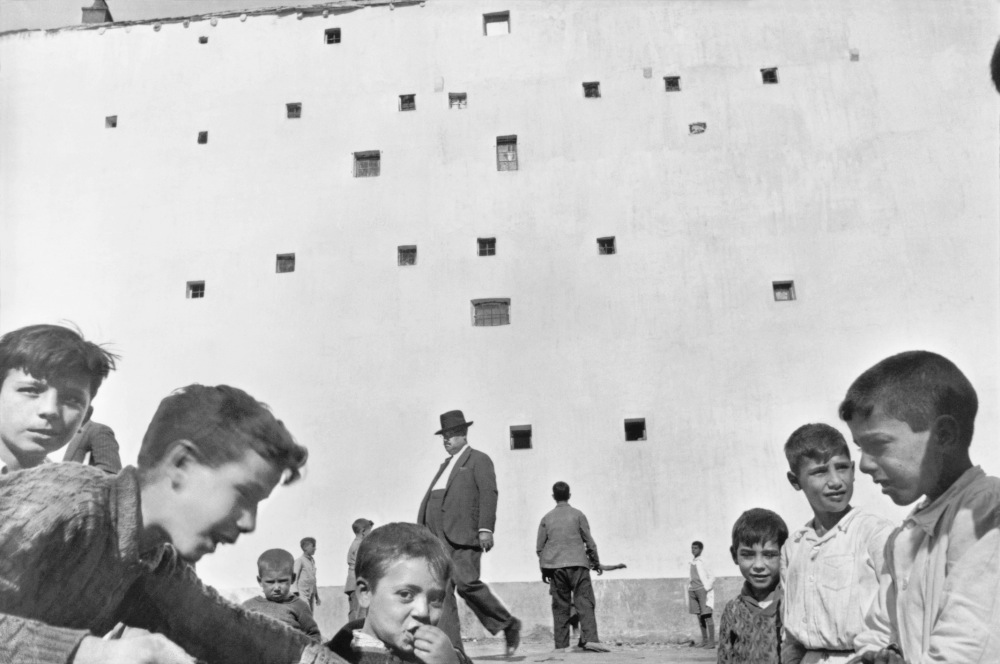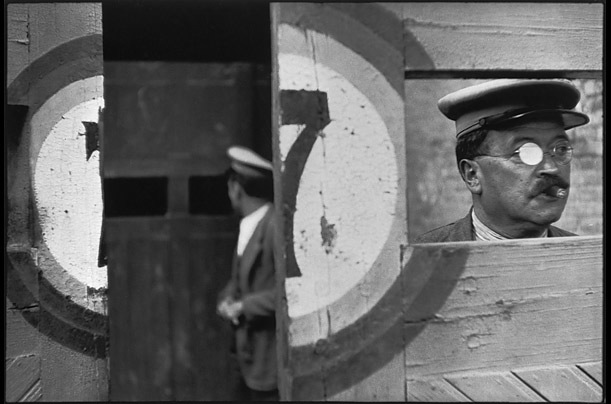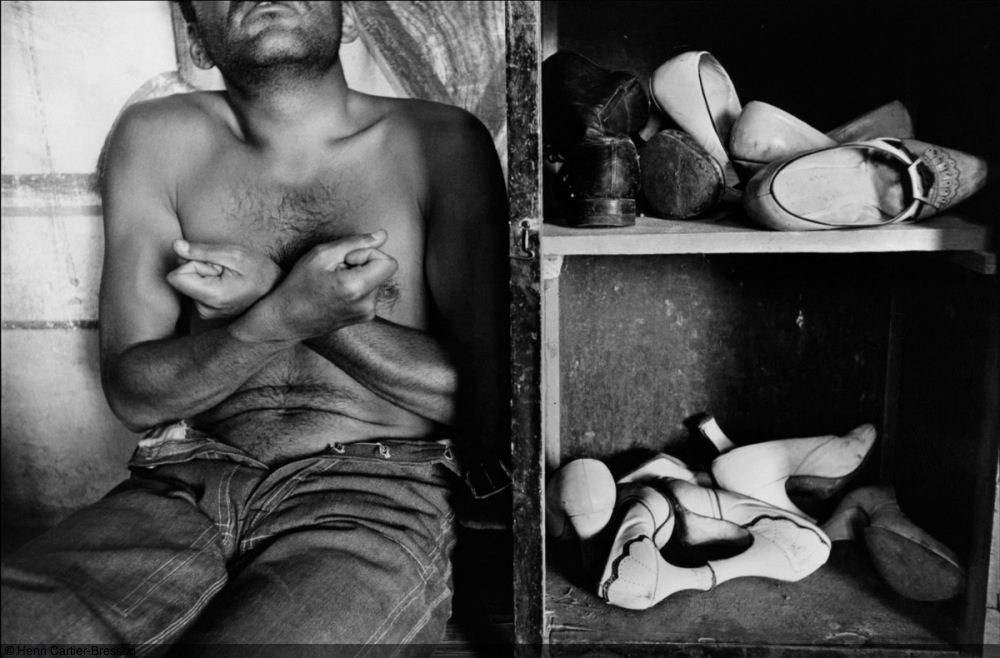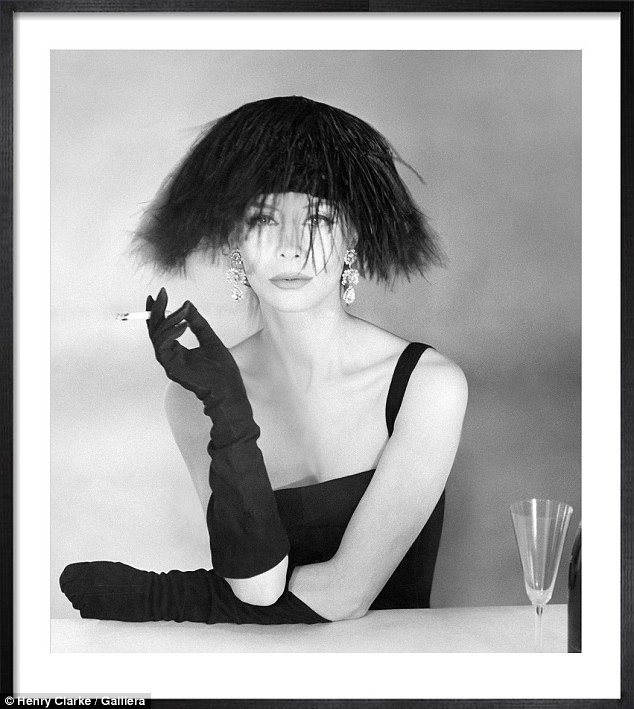Vogue photographer.
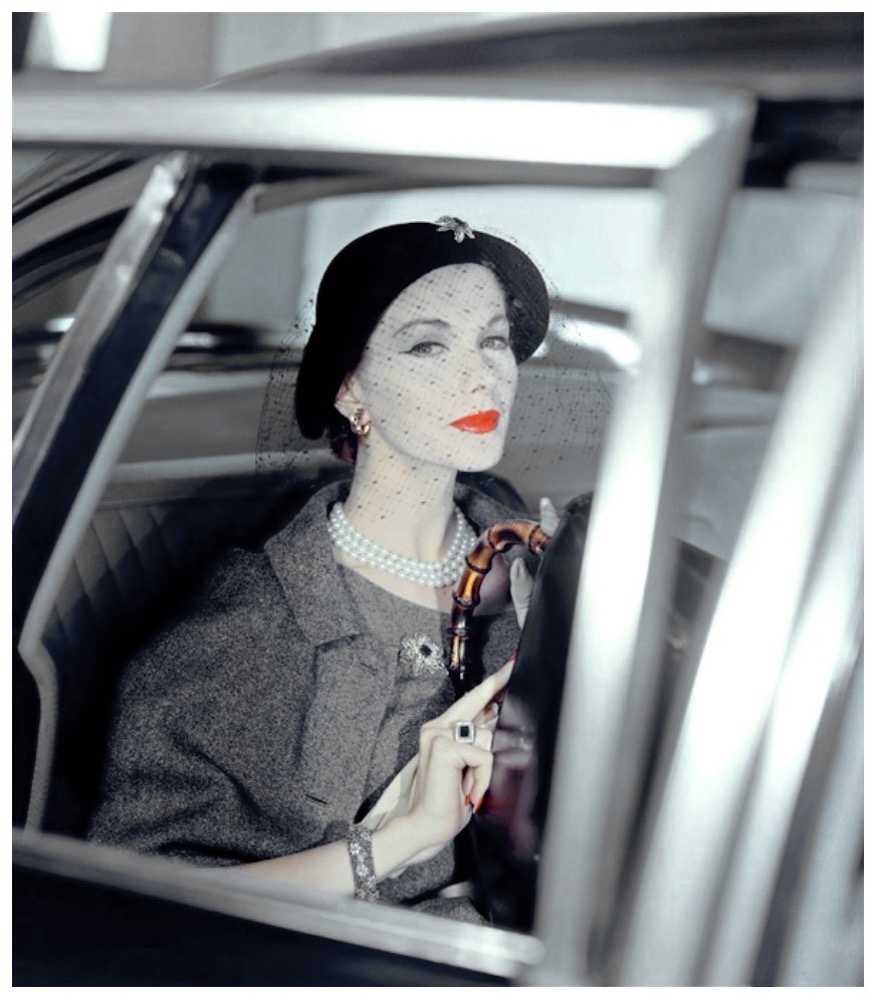
Vogue, 1957.
Clifford Coffin’s star shone brightly at London, Paris and New York Vogue in the decade ending 1955. As the elegance and generous use of fabrics of that era, inspired by Dior, gave way to a more severe look he faded from view, disillusioned with the trend in women’s clothing. A fire in his New York studio on Lexington Avenue, which destroyed all his personal work (only that at Vogue survived) saw him quit photography altogether, his fortune made. He moved to Pasadena, living the life of a recluse and on his death his bequests totalled almost $400,000, a startling sum for the time. His earlier education included business studies at UCLA where he developed considerable acumen in money management, as the size of his bequests confirms.
While little known today, he left a large body of studio work for Vogue, all of it quite exceptionally elegant. His perfectionism saw him doing his own hair and makeup for the models, something impossible to conceive of today. There’s a fine monograph on his work by Robin Muir which you can see at Amazon by clicking the image below.
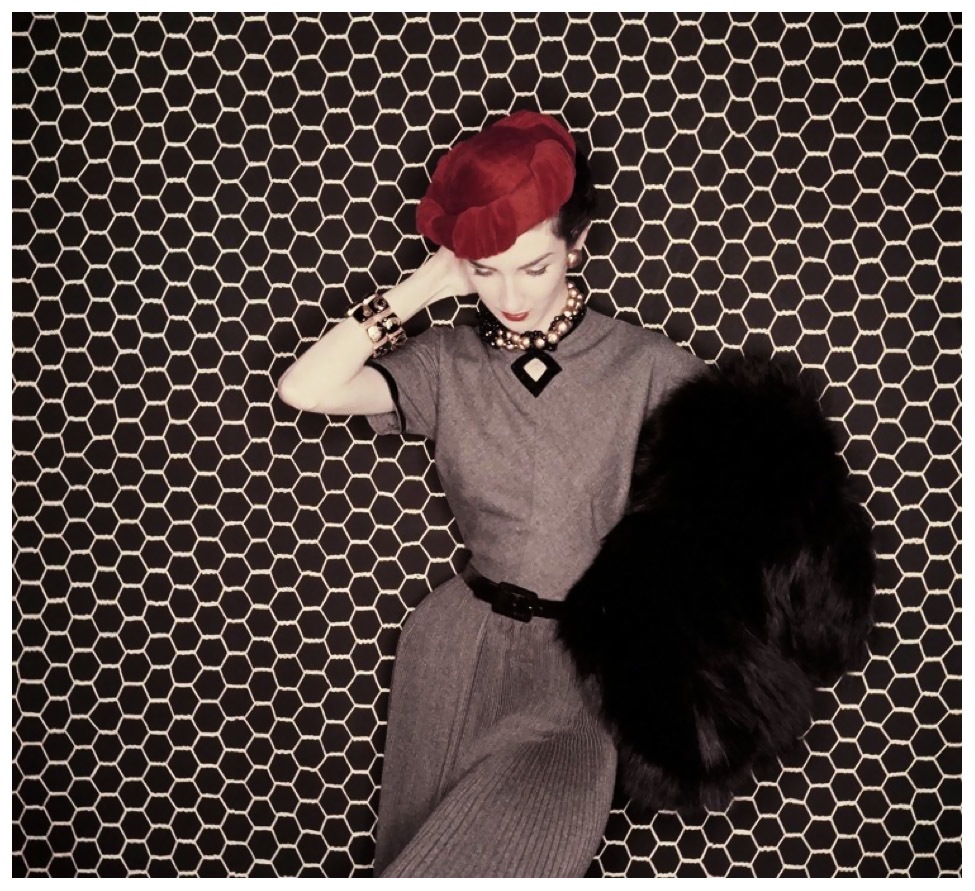
Vogue, November, 1954.
